Brazilian Spice Secrets: 7 Tips to Master the Flavor Fiesta!
Brace yourselves, spice lovers and culinary explorers — we’re diving headfirst into the vibrant world of Brazilian cuisine, where spices don’t just season food… they throw a full-on flavor carnival. From street foods to hearty feasts, Brazil’s culinary palette is a rainbow of taste that dances between African, Portuguese, Indigenous, and European influences.
In this blog post, you’ll discover not only the essential spices of Brazilian cooking but also practical tips to bring that samba of flavors into your kitchen. Whether you're a professional chef or a weekend grill master with a passion for spices, this guide will give you the tools to spice up your life — quite literally.
Table of Contents
- A Spicy Introduction to Brazilian Cuisine
- The Essential Spice Cabinet of Brazil
- 7 Must-Try Tips for Using Brazilian Spices Like a Pro
- Fusion Flavors: How Global Influences Shape Brazilian Spices
- Storing Your Spice Treasure: Keep It Fresh Like a Boss
- Final Thoughts: Savoring Brazil, One Spice at a Time
A Spicy Introduction to Brazilian Cuisine
Brazil is more than just sun, samba, and soccer — it’s a country bursting with bold flavors and rich culinary traditions. Think about it: if your taste buds had a passport, Brazil would be the first stamp on the page. With over 500 years of cultural fusion and a climate that supports an explosion of herbs and spices, Brazilian cuisine offers a spicy treasure trove waiting to be explored.
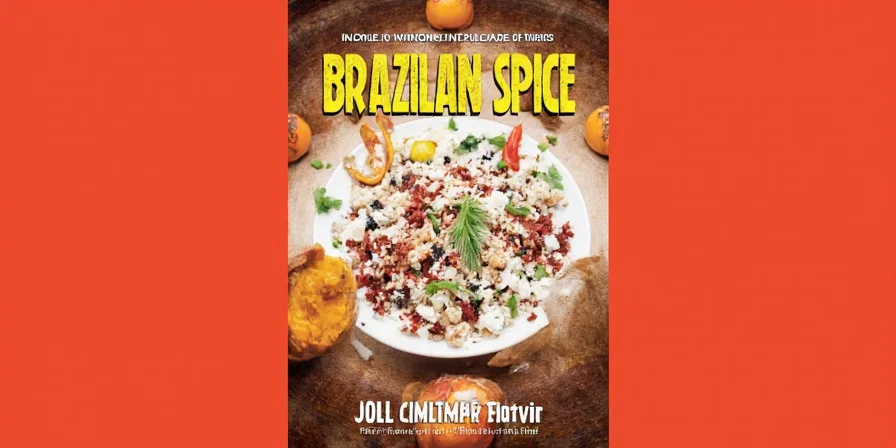
From the smoky churrasco meats grilled to perfection to the fiery moqueca stew bubbling in coconut milk, every dish tells a story steeped in tradition and spiced with regional flair. But here’s the best part: you don’t need to book a flight to Rio to enjoy these delights. You just need to know how to use the right spices like a true Carioca (or Paulista, or Baiana).
The Essential Spice Cabinet of Brazil
Every country has its spice soul, and Brazil is no exception. Here’s a quick breakdown of the most commonly used spices and herbs across Brazilian kitchens:
| Spice/Herb | Flavor Profile | Common Uses | Regional Roots |
|---|---|---|---|
| Dendê Oil (Palm Oil) | Earthy, nutty, vibrant red-orange hue | Used in moqueca, acarajé, and stews | African-Brazilian dishes, Bahia region |
| Cumin | Warm, earthy, slightly bitter | Seasoning meats, soups, and rice dishes | Portuguese influence |
| Cilantro (Coentro) | Fresh, citrusy, aromatic | Garnish and marinades, especially in churrasco sauces | Widely used nationwide |
| Parsley | Mildly peppery, fresh | In farofa, seasoning blends, and salads | Popular in Southern Brazil |
| Dried Bay Leaf | Subtle herbal aroma | Used in slow-cooked beans, feijoada, and stews | European-inspired dishes |
| Malagueta Pepper | Hot, fruity, intense heat | Salsas, marinades, hot sauces | Native to Brazil, especially Northeastern cuisine |
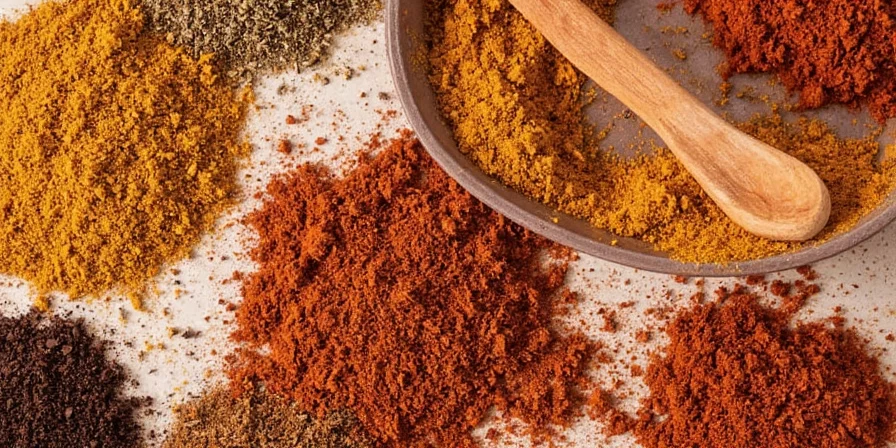
7 Must-Try Tips for Using Brazilian Spices Like a Pro
You’ve got the basics down — now let’s get practical. Here are seven handy tips to elevate your Brazilian spice game and make your kitchen smell like Carnival came early:
- Toast Your Spices — Just like you wouldn’t eat raw coffee beans, don’t skip toasting cumin or annatto seeds. A quick 30 seconds in a dry pan unlocks their hidden aromas. Warning: Your kitchen might become irresistible to guests.
- Don’t Fear the Dendê — Palm oil can seem intimidating with its bold color and stronger flavor, but it’s the soul of many Afro-Brazilian dishes. Start small, mix it into rice or drizzle it over grilled fish for a pop of authenticity.
- Create a Brazilian-Style Mojo Marinade — Mix garlic, cumin, orange juice, and a pinch of salt for a marinade perfect for chicken or pork. It’s like a tropical vacation in a bowl.
- Add Heat with Malagueta — If you love spicy food, this native pepper should be your new BFF. Use sparingly in vinaigrettes, sauces, or even cocktails. Caution: Not for the faint-hearted!
- Layer Herbs for Depth — Try blending cilantro and parsley in your seasoning rubs or sauces. The result? A complex, herbaceous flavor profile that elevates everything from grilled meats to bean stews.
- Use Bay Leaf in Beans — Feijoada without bay leaf is like samba without rhythm. Toss a couple of leaves into your pot when simmering black beans — trust us, your nose will thank you.
- Infuse Oils with Local Flavor — Make your own infused oils using chili, garlic, or even lemongrass. These are perfect for drizzling over empanadas, pastéis, or toast with queijo coalho.

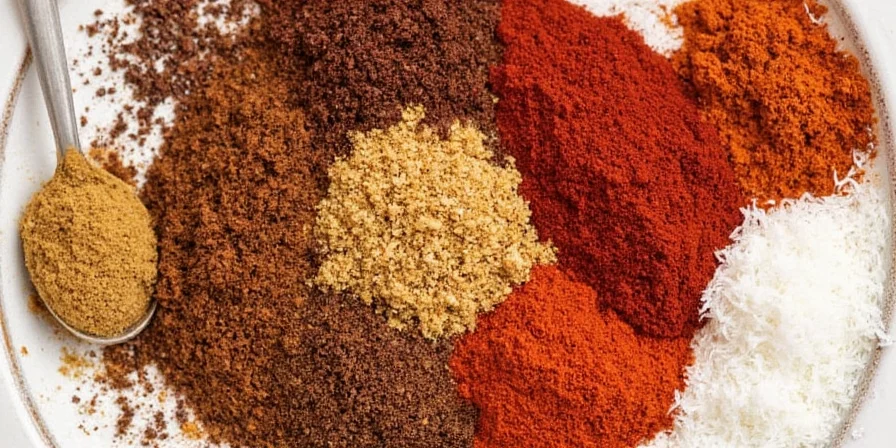
Fusion Flavors: How Global Influences Shape Brazilian Spices
Brazil’s spice scene is a melting pot of cultures, each adding its own signature note to the symphony of flavor. Let’s break it down with a side of history:
| Influence | Key Contributions | Signature Dishes |
|---|---|---|
| Portuguese | Introduced olive oil, bay leaf, and techniques like stewing and baking | Feijoada, bacalhau |
| African | Brought palm oil, okra, and bold seasoning techniques | Acarajé, moqueca baiana |
| Indigenous | Provided native ingredients like cassava, peanuts, and peppers | Tucupi sauce, piranha (fish stew) |
| Italian & Japanese | Modern influence seen in pasta sauces and wasabi-spiked ceviches | Nikkei-style sushi, risotto with dendê |

Storing Your Spice Treasure: Keep It Fresh Like a Boss
Even the most exotic spices won’t do you any good if they’ve turned into dusty relics. Follow these simple rules to keep your Brazilian spice stash in top condition:
- Keep It Cool — Store spices away from heat sources like ovens or stovetops. Excessive heat = flavor loss.
- Dark Matters — Light is a spice’s worst enemy. Use opaque containers or store in dark cabinets.
- Air Out the Air — Seal tightly! Oxygen and moisture cause oxidation and clumping.
- Label & Date Everything — Spice amnesia is real. Avoid guessing games with clear labels.
- Replace When Needed — Whole spices last longer (about 4 years), while ground spices lose potency faster (~2–3 years).
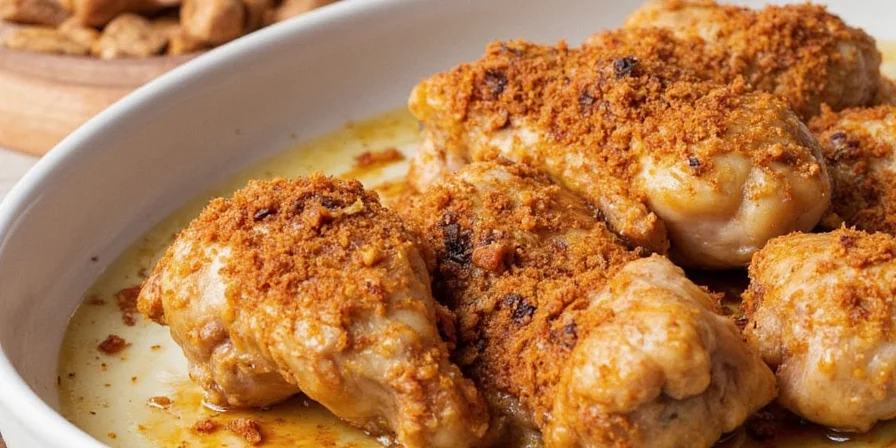
Final Thoughts: Savoring Brazil, One Spice at a Time
There you have it — a whirlwind tour through the flavor-packed universe of Brazilian spices. Whether you’re grilling up a storm, simmering a cozy stew, or trying your hand at making acarajé, the key is to embrace the rhythm of flavor and let the spices lead the dance.
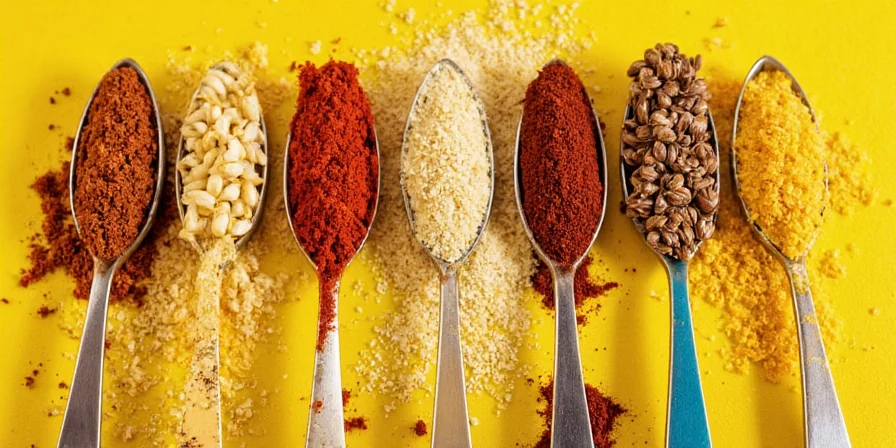
Remember: Brazilian cuisine isn’t just about heat — it’s about harmony. So go ahead, grab that jar of cumin, drizzle some dendê, and let your inner gourmand take center stage. After all, life’s too short for bland food — and way too long to miss out on the spice fiesta that is Brazil.











 浙公网安备
33010002000092号
浙公网安备
33010002000092号 浙B2-20120091-4
浙B2-20120091-4